Preventing Tiny House Blow-Over
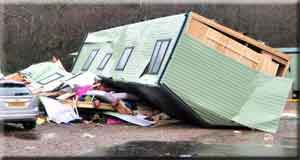
Like mobile homes, tiny houses on wheels and RVs are susceptible to being blown over in high winds. It doesn’t take a tornado or a hurricane. Thunderstorms and blizzards can produce gusts of wind in excess of 100 mph.
Thunderstorms can also produce sustained straight-line winds powerful enough to blow down acres of trees.
In this image below, taken by MARLIN LEVISON/Star Tribune via Getty Images, and shown on The Weather Channel’s website, shows a perfect example of straight-line wind damage.
Is a manufactured home, THOW, and/or a travel trailer safe to be in during a thunderstorm?
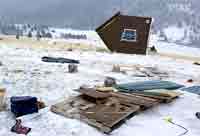
Usually yes. However, tiny houses on wheels, travel trailers, RVs, and manufactured (mobile) homes are susceptible to being blown over in high winds for several reasons.
- These types of home are on wheels, raised several feet in the air so wind gusts can get underneath and lift them.
- Tiny houses and RVs are lightweight, with one broad side and one narrow side.
- They have a high center of gravity.
- Made to be mobile, these homes are not secured to a foundation.
What actions can be taken in preventing tiny house blow-over?
Our first line of defense to prevent being blown over is a simple tie-down.
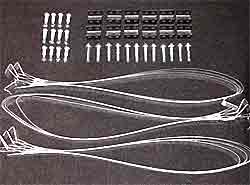
In my home state of Michigan we were required to have our mobile homes tied down. Usually the owner of the mobile home park provided a tie-down connection in the concrete pad for each lot. A simple tie-down kit clamped onto the main trailer beams and attached to a section of rebar embedded in the concrete pad. These are fine, but sometimes winds can be so strong that the structure comes right off the trailer and lands in the next yard.
Metal strapping all the way over your rig
The recommended tie-down kits have the metal straps that goes all the way over the mobile home, RV, or THOW. You may need extension straps to get the length needed to go all the way over your rig.
How to tie a THOW down when not on a concrete pad
If you do not have a concrete pad or foundation to attach to, the next best thing is a auger tie-down system. These are especially useful if you are in a beautiful campground on the sandy shores of Florida. The augers penetrate up to four feet into the ground. Recommended for soil classes 2 and 3.
Framing a tiny house with built-in, high-wind tie-down strapping
When building a tiny house on wheels you should always add metal strapping to the framing to prevent “racking.” Visit this page of Tiny Life Consulting website to learn more about framing a tiny home to prevent racking: Tiny House Framing Types
Use the same metal strapping and Simpson Strong Tie brackets to create an internal metal strap all the way over the tiny house structure. Bolt the bracket thru the bottom of the wall and trailer frame with a shoulder eye bolt to create the external tie down point under the tiny house. Run the metal strapping up the stud and along the roof joist. At each joint use a nut and bolt, not just nails or screws.
If you are using metal framing you won’t need the metal strapping. Just make sure the joints are bolted together. For more information on metal framing, visit this page of Tiny Life Consulting: Tiny House Framing Types
Refer to the Simpson High-Wind Restraint Systems Construction Guide for more information on their products. The image below is in their guide. However, do not get the impression that these brackets and construction methods will protect you from a tornado.
Skirting is a tool in preventing tiny house blow-over
Adding skirting to your tiny house/RV will keep wind gusts from getting under your home and lifting it. It goes without saying that your skirting must be sturdy enough to withstand strong winds. See this page of Tiny Life Consulting for types of skirting: Skirting for Tiny Houses, Travel Trailers, and RVs
What to do if a tornado or hurricane strikes

No product will guarantee that your RV or tiny home will remain upright up to a certain amount of wind strength. And no one wants to give you the impression that your home could possibly withstand the destructive force of a tornado or hurricane.
Every state of the U.S. has had tornadoes. “Tornado Alley” has more tornadoes than anywhere else on earth. If you live in these tornado prone areas, you must have a plan ready to seek safe shelter.
The only place really safe from a tornado is underground or a concrete building away from any windows. The mobile home parks I’m familiar with in Michigan usually had an office/laundry/amenities building that was hardened against tornadoes. The problem is you only have minutes to get there and the weather at the time is very nasty. My parents home had a basement in which the family spent many a night sleeping huddled under heavy wooden shelves.
RVs, mobile homes, and camper vans are not safe in a tornado
Your car is also not safe. Meteorologists recommend diving into a nearby ditch if there is one. That doesn’t sound like any fun but the folks in this YouTube® video from ABC News shows a couple doing just that. They “felt blessed to be alive.”
Storm chasers once sheltered under a highway overpass. Here’s a YouTube® showing what it was like for some storm chasers in 1991.
Surviving a Hurricane
More people die from water than wind during tropical storms. The best way to survive a hurricane is to get out of the path and stay away from the coast. We do get a lot more warning about a hurricane then we do for tornadoes. If you are in the path, hitch up your RV or tiny home and evacuate to a safer area.
One house did survive hurricane Michael on Mexico Beach, Florida. It had 1′ thick concrete walls and concrete pilings 40′ into the earth. The roof was strapped on with metal cables.
Preventing tiny house blow-over: Is it worth it to tie your house down?
Tying your RV or tiny home down with metal strapping will help keep it upright in high winds. You greatly increase your chances of staying upright through strong gusts from thunderstorms and outer bands. Yes. It’s worth it.
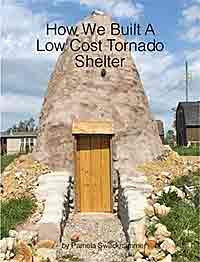
Just FYI
Here’s a book by some folks who built an earthbag tornado shelter. One reviewer said, “This short book is a quick read but very informative. It demonstrates the building of an earthbag storm shelter which appears to provide excellent protection from tornadoes and other severe storms. There are lots of color pictures showing the building process from start to finish. Suggestions to seek out other sources of information for the techniques involved in this type of building were made, but there were no specific references cited, which would have been helpful. Still this was an excellent introduction to a simple but innovative type of construction, resulting in a building which cost less and caused much less damage to the environment. Highly recommended.”
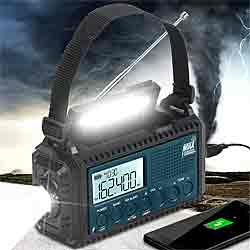
Emergency Weather Radio
An emergency weather radio is a good device to have so you’ll always be informed of impeding harsh weather.
This weather radio gives you early warning of the weather with NOAA real-time weather forecast and has so many functions for your to prepare: 5 sustainable power sources, AM/FM/SW radio, SOS signal and loud alarm, flashlight and reading lamp. Works as a power bank to boost a dead phone in emergency.
This device has it all for just $39.99* from Amazon.


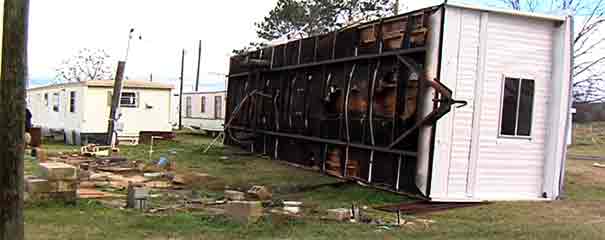

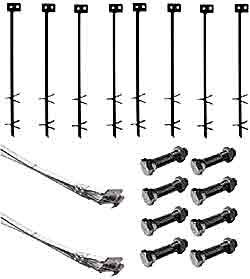
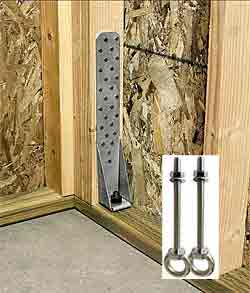

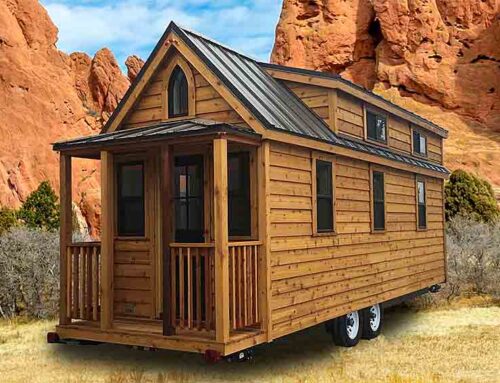
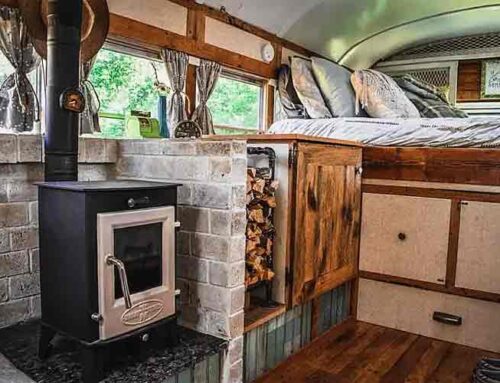
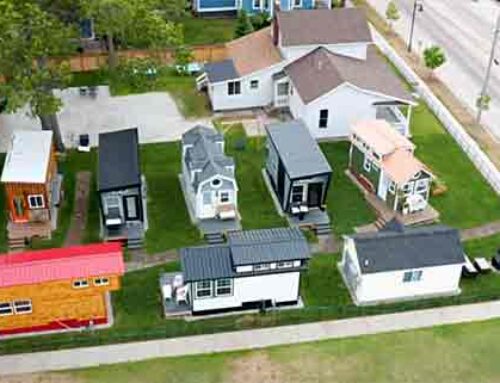
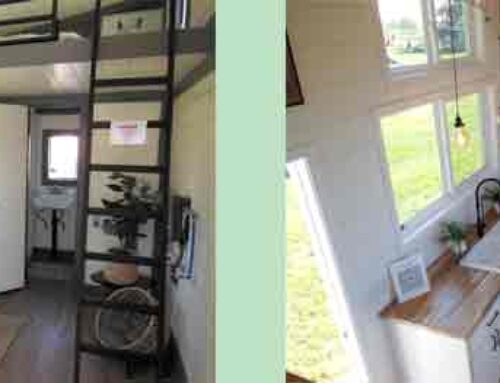
Leave A Comment